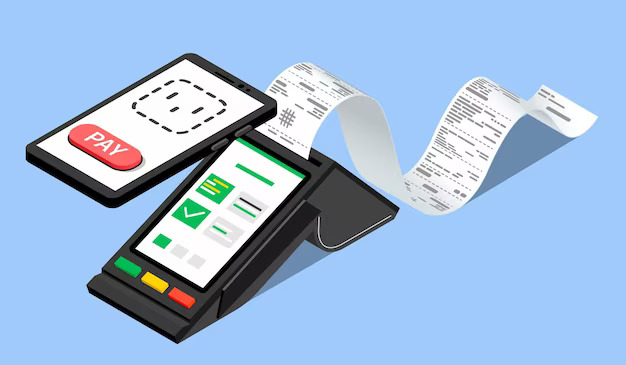In the rapidly evolving retail landscape, the intersection of e-commerce integration and Point of Sale (POS) software has become pivotal for businesses striving to thrive in the digital age. With consumers increasingly turning to online shopping, having a robust digital storefront is no longer just an option but a necessity for retailers. In this article, we delve into the crucial role that e-commerce integration plays in modern POS software, exploring its benefits, challenges, and best practices.
Understanding E-Commerce Integration
Before delving into the specifics, it’s essential to grasp the concept of e-commerce integration. E-commerce integration refers to the seamless connection between a retailer’s online store and POS system. This integration allows for real-time synchronization of inventory, sales data, customer information, and more between the online and offline channels.
Benefits of E-Commerce Integration in POS Software
Streamlined Operations
One primary advantage of integrating ecommerce with POS software is streamlined operations. A unified system allows retailers to manage inventory, process orders, and track sales from a single platform. It eliminates the need for manual data entry and reduces the likelihood of errors, ultimately saving time and resources.
Enhanced Customer Experience
Consumers expect a seamless shopping experience across all channels in today’s hyperconnected world. E-commerce integration enables retailers to offer features such as buy online, pick up in-store (BOPIS), real-time inventory visibility, and omnichannel loyalty programs. These capabilities enhance the overall customer experience, driving satisfaction and loyalty.
Improved Decision-Making
E-commerce integration centralizes data from both online and offline channels, providing retailers with valuable insights into customer behaviour, sales trends, and inventory management. This data-driven approach empowers businesses to make informed decisions regarding pricing, promotions, and product assortment, leading to improved profitability.
Challenges of E-Commerce Integration
While the benefits of e-commerce integration are undeniable, it’s crucial to acknowledge the challenges associated with implementation.
Technical Complexity
Integrating ecommerce with POS software can be technically complex, especially for businesses with legacy systems or custom-built solutions. Ensuring compatibility, data synchronization, and security requires expertise and careful planning.
Resource Investment
Implementing e-commerce integration requires a significant investment of resources, including time, money, and workforce. From selecting the right software vendors to training staff and migrating data, the process can be resource-intensive for businesses of all sizes.
Maintenance and Updates
Once implemented, e-commerce integration requires ongoing maintenance and updates to ensure optimal performance. It includes monitoring for software updates, addressing security vulnerabilities, and adapting to evolving customer needs and technological advancements.
Best Practices for E-Commerce Integration
To maximize the benefits of e-commerce integration in POS software, retailers should adhere to best practices:
Choose the Right Software
Selecting the right e-commerce platform and POS software is crucial. Look for solutions that offer robust integration capabilities, scalability, and ease of use.
Invest in Training
Provide comprehensive training for staff members to ensure they can effectively utilize the integrated system. It will minimize errors and maximize productivity.
Prioritize Security
Implement robust security measures to protect sensitive customer data and prevent unauthorized access. It includes encryption, firewalls, and regular security audits.
Regularly Audit and Update
Audit the integrated system regularly to identify issues or areas for improvement. Stay current with software updates and advancements to ensure optimal performance.
Conclusion
In conclusion, e-commerce integration is pivotal in modern POS software, enabling retailers to streamline operations, enhance the customer experience, and make informed decisions. While challenges such as technical complexity and resource investment exist, adherence to best practices can help businesses overcome these obstacles and unlock the full potential of e-commerce integration. By embracing this integration, retailers can future-proof their operations and stay competitive in today’s digital marketplace.



